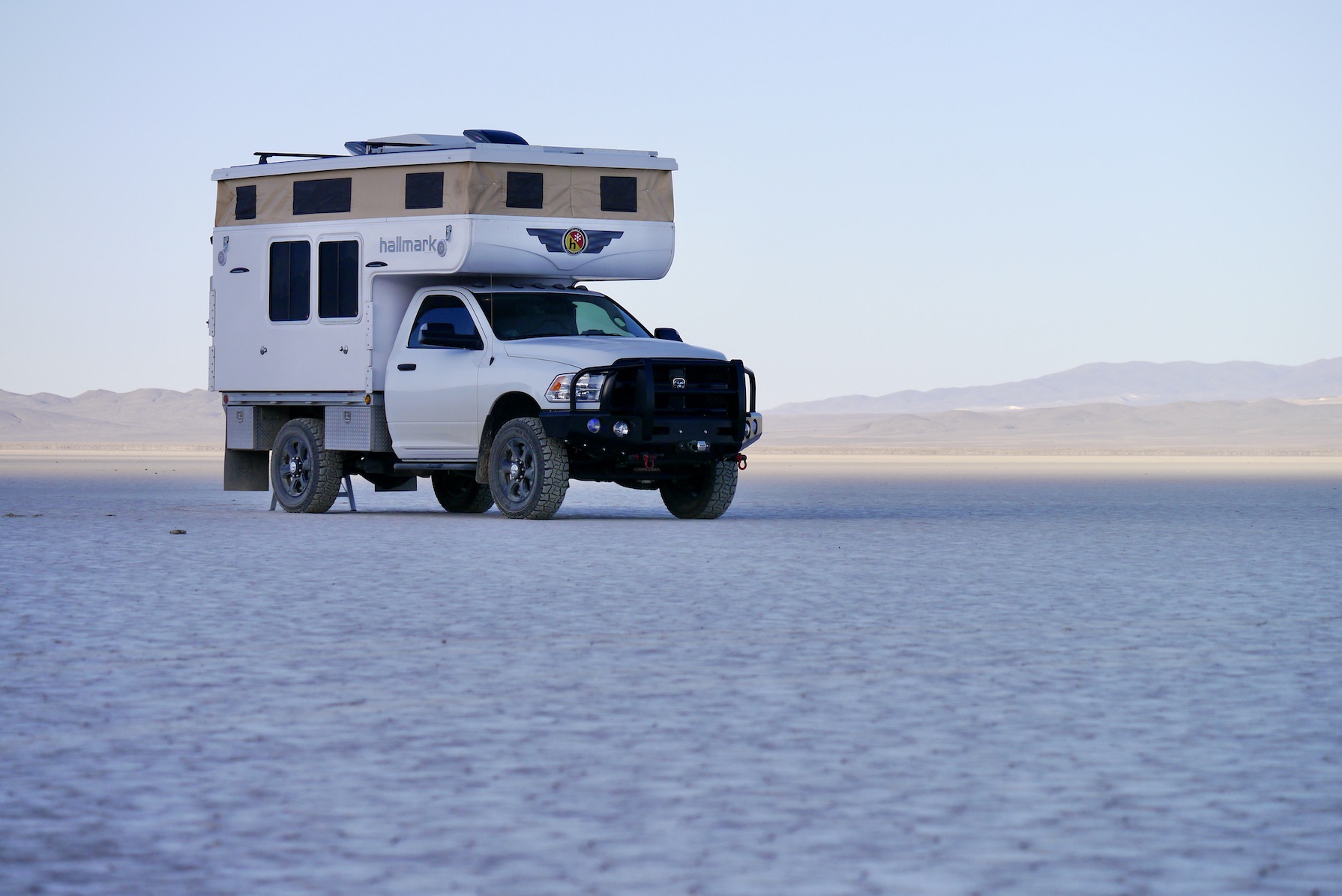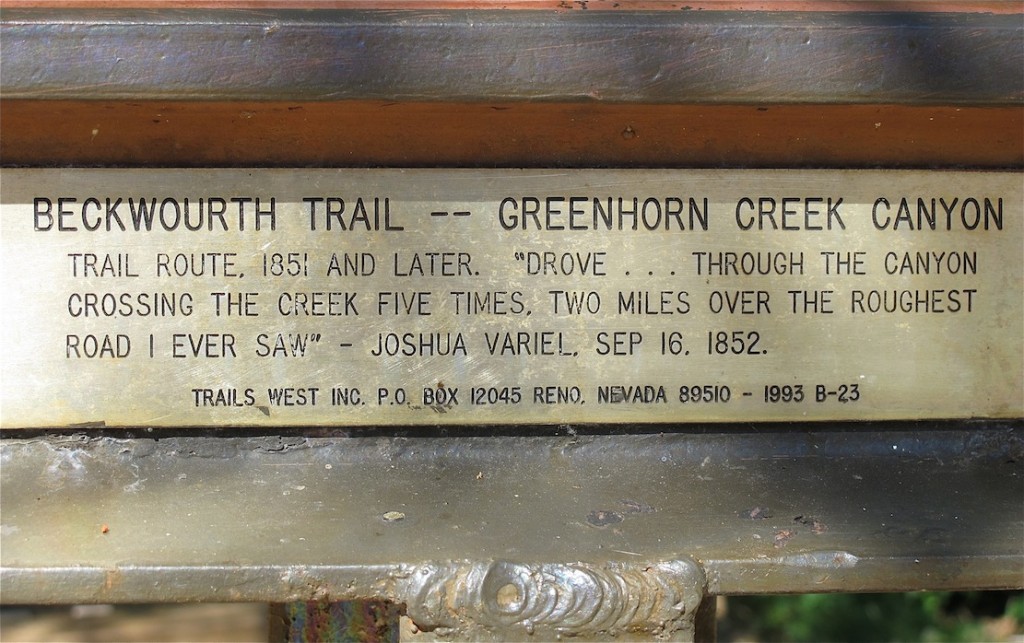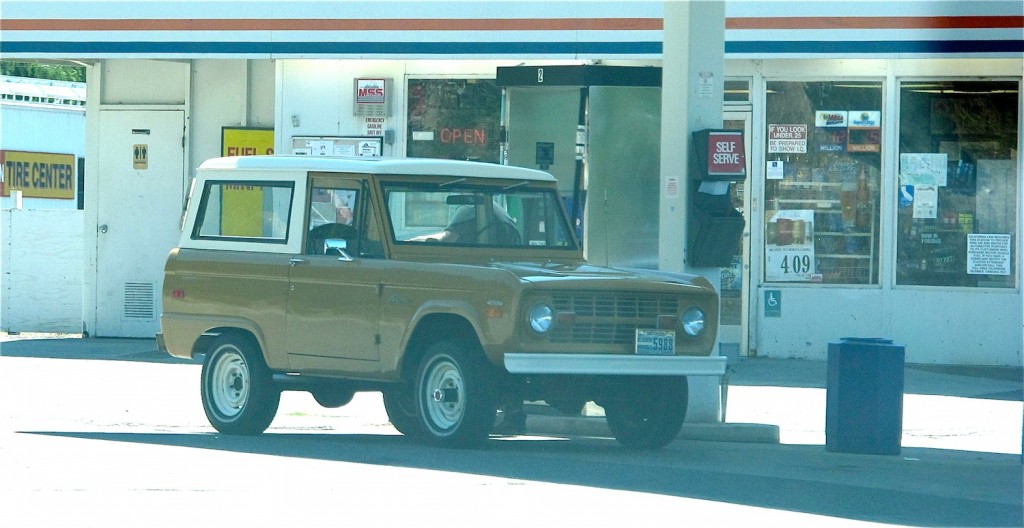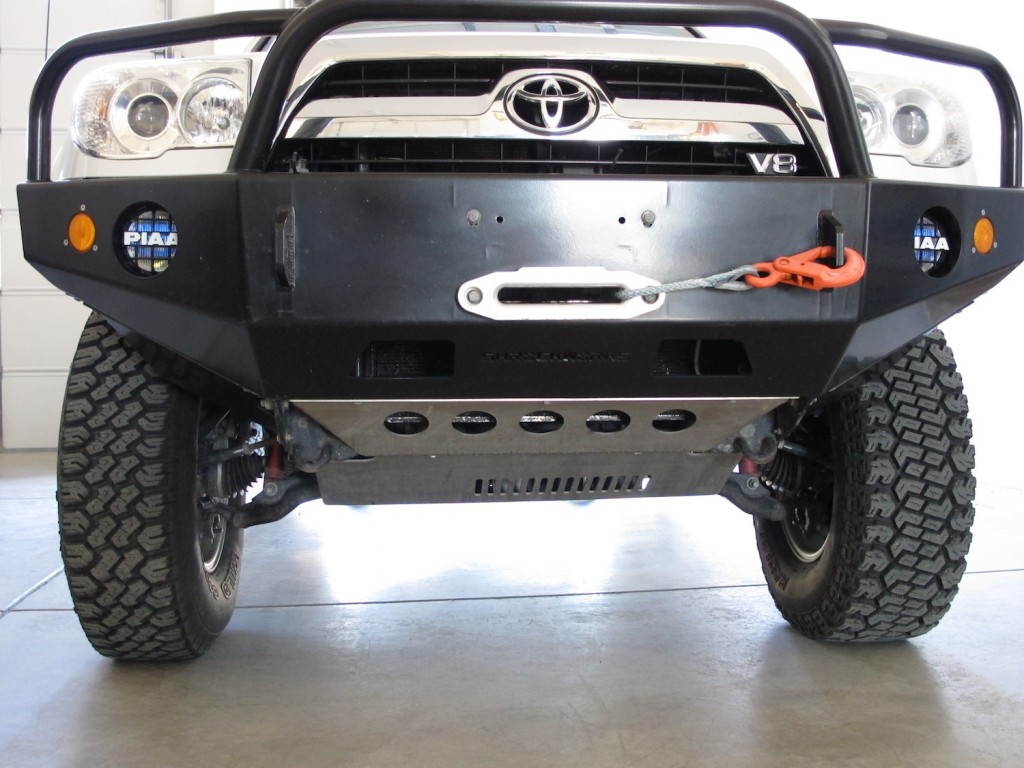For several years I’ve been a fan of what are often called aggressive all-terrain tires. Labels and classifications can be difficult, sometimes neither descriptive nor adequate as there is much crossover, gray-area, and blurred lines with tread designs. These tires are not as open as a mud tire, but offer much more void than the typical all-terrain or all-season tire. Current examples include Mickey Thompson ATZ 4-rib, Dick Cepek F-C II, Cooper S/T Maxx, Goodyear DuraTrac, Dean SXT Mud Terrain/Cooper S/T, and the Toyo M55. These treads are also called traction or commercial traction designs.
Limited Terrain SUV Tires
When marketing types decided that utility vehicle was no longer an adequate description for 4WD utility wagons, the Sport Utility Vehicle (SUV) appeared, surged, then dominated the light-truck utility market. Lighter-duty all-terrain tires that offered less void and less traction became popular on the increasingly soft SUVs over the past two decades. It’s understandable that SUV tires became so road-biased, as invariably that’s where many log all their miles in their SUV trucks, but many of these conservative “all-terrain” treads would be more accurately described as all-season tires.
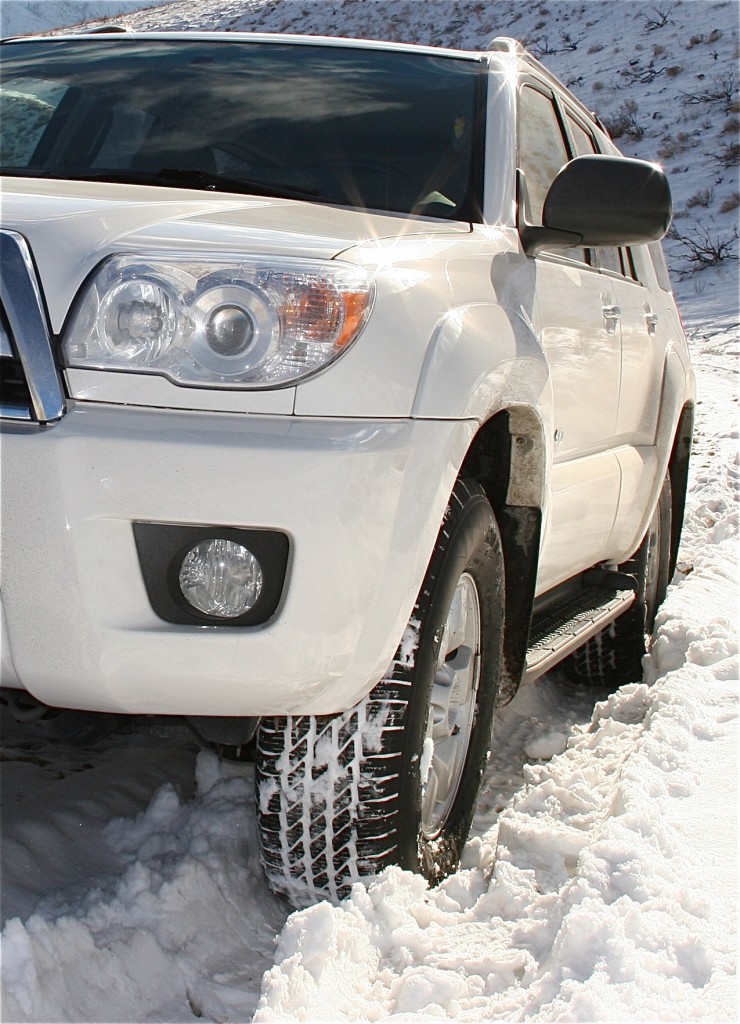
Despite the 4WD SUV becoming the modern on-highway station wagon for much of the U.S. if not most of North America, there are still those that want their 4WD wagons to be body-on-frame truck designs, shod with better, higher void traction tires. These folks include hunters, sportsmen, off-highway adventurers, people who live or work in rural areas, and those who travel in serve climates. For a variety of reasons a mud terrain tire may not be preferred (less MPG, longevity, and less traction on wet roads, with more noise) but a low void all-season tire labeled and masquerading as an all-terrain often doesn’t do the job either.
More void is desirable to absorb debris and let it escape. The wetter the material the more void you might want, and open, lug designs are typically louder, though modern tire design has reduced the noise penalty for some traction tires.
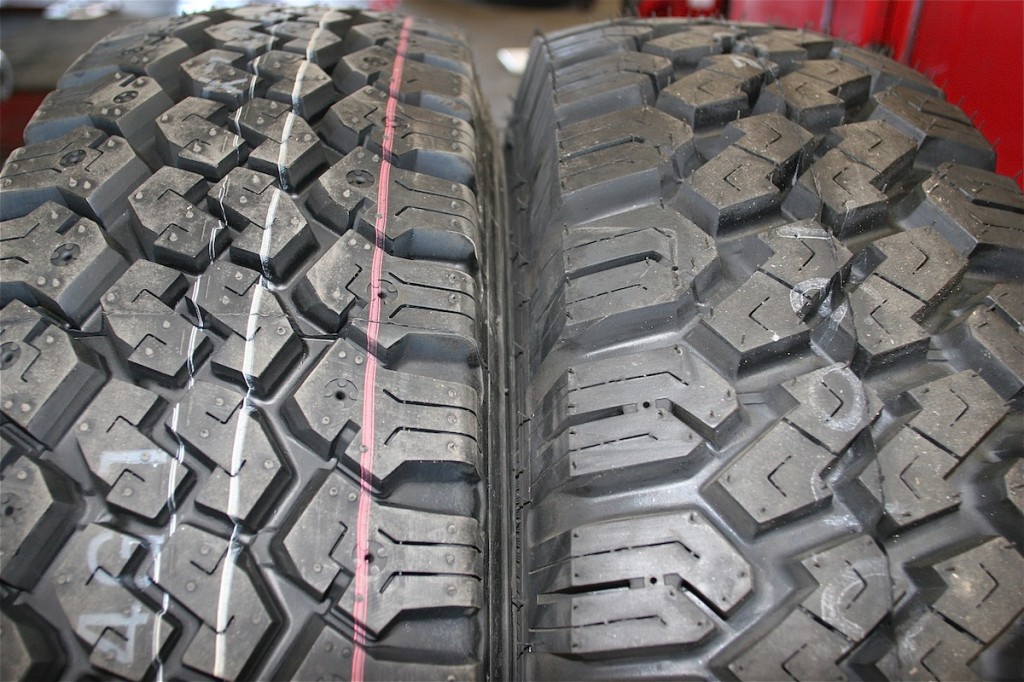
What Size
I’ve never been a fan of needlessly wide tires, but wide tires have dominated the enthusiast 4×4 truck aftermarket for several years. Fat tires work well for some applications, but have many limitations for common usage, particularly on-pavement, where even the most active off-highway explorers travel thousands of miles each year. A slight correction seems to have occurred, where not every enthusiast 4×4 tire needs to be over 12-inches wide; 285 mm wide tires have caught on.
While I’m currently using and have accepted 285s, in my mind they are still a bit wide, roughly 11.5-inches depending on the tire—narrower tires track straighter and offer better MPG. Drivers are at least aware of fuel economy because of the cost of fuel, though I don’t see many people driving for fuel economy, bad habits are prevalent and it seems we’re often in a hurry.
The days of much narrower 33-inch enthusiasts tires like the LT255/85R16 are disappearing fast. Thankfully, if you don’t want such a tall tire, there are many 235–265 mm wide treads in the 31–32-inch range that can deliver better fuel economy.
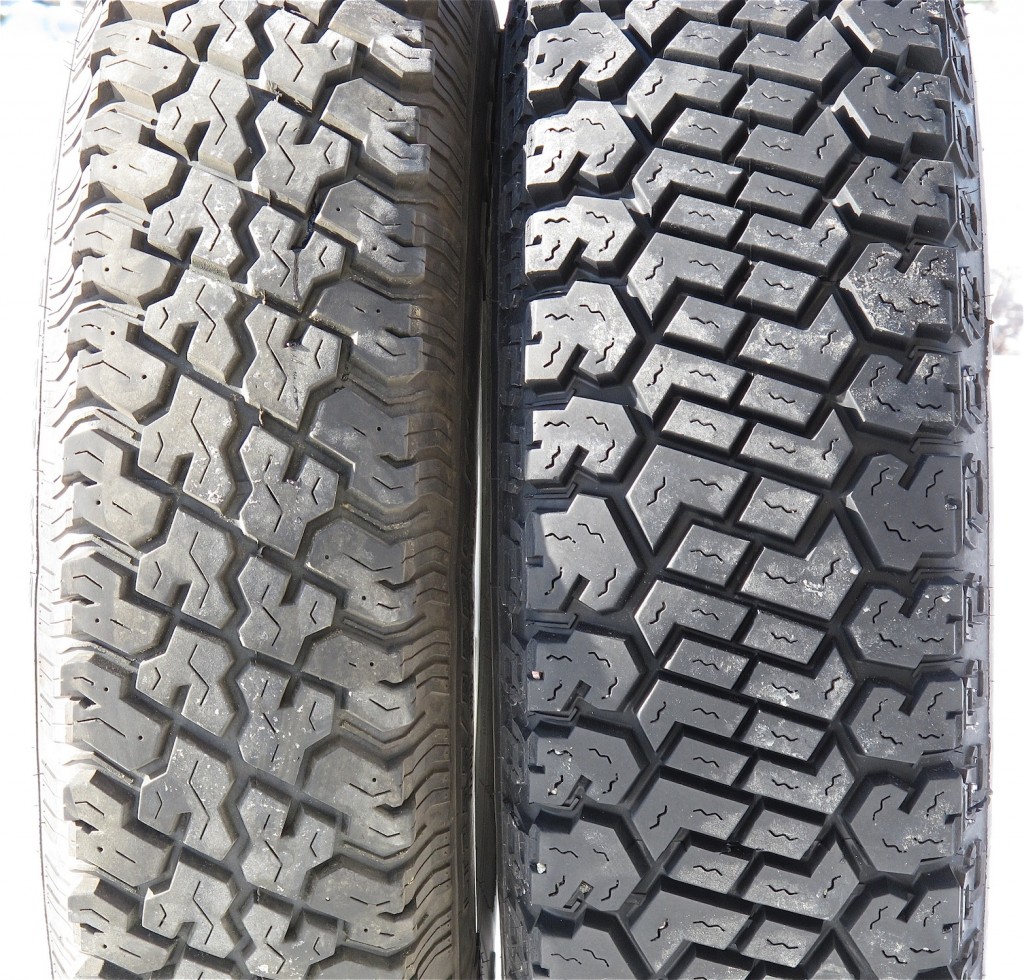
Eighteen Inch 33s
Not knowing much about 18-inch tires or wheels, but owning a set of take-off eighteens, I studied the options and was pleasantly surprised to discover the LT275/70R18 size. This size is just slightly narrower than the common 285 mm treads in either a 16, 17, or 18-inch, but with a reasonable aspect ratio of 70 percent. Most 275/70R18s are 33.3-inches tall, very similar to the tall 255/85R16 size that I’ve loved for fifteen years.
Eighteen-inch wheels are two inches taller overall, so tire sidewalls are a full inch shorter at the bottom (the part we feel and drive on). Historically 255/85R16s were flexible and pleasant riding load-range D designs, though load-range E is becoming more common in a 255/85, but 275/70R18s are almost all load-range E rated. Not all load-range D or E tires are created equal, some are stiffer than others, but shorter load-range E sidewalls on a 275/70R18 are going to be stiffer in almost every application. Again, stiff sidewalls can be a positive or a negative, depending on your needs and preferences, refer to this Wheels, Tires, and Sidewalls article for more on this subject.
To be continued…
Copyright © 2012 James Langan
